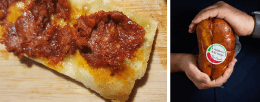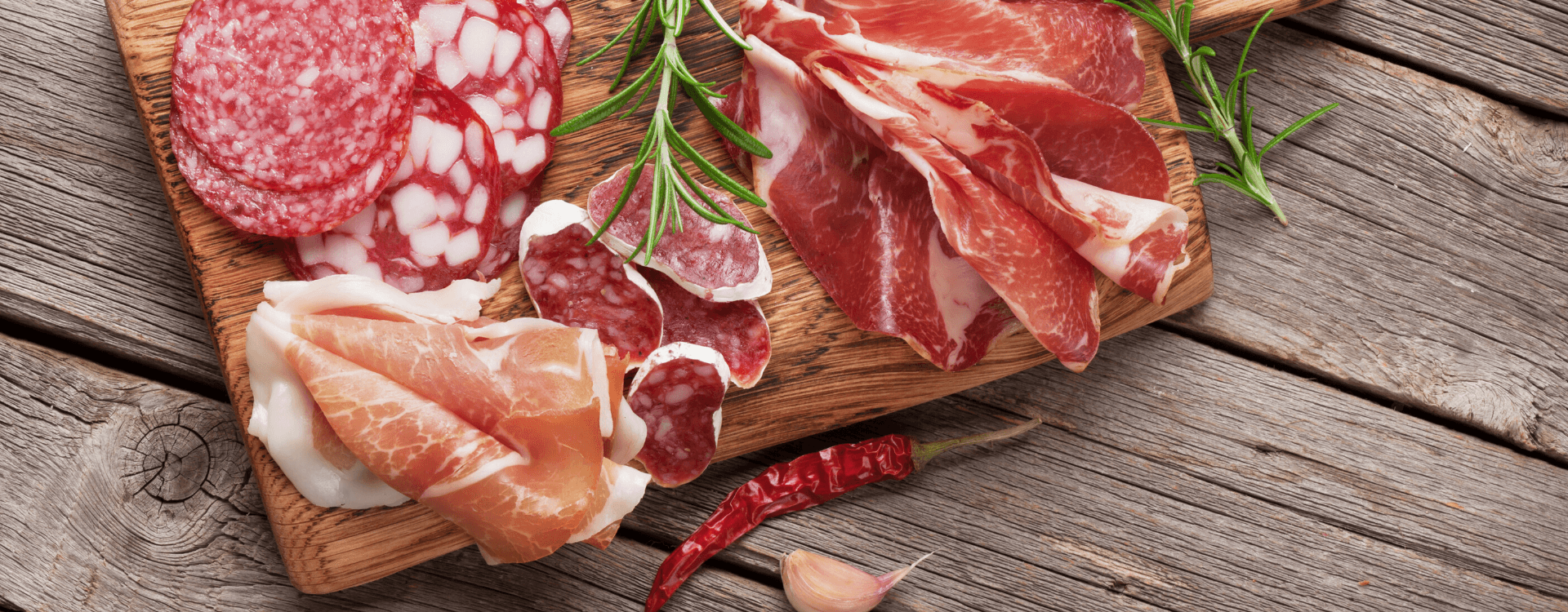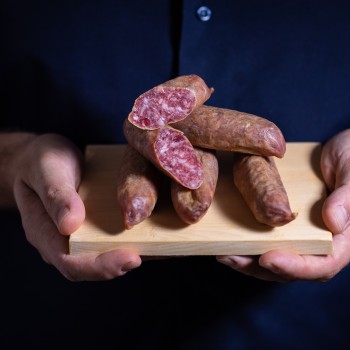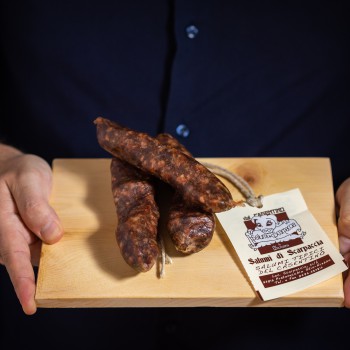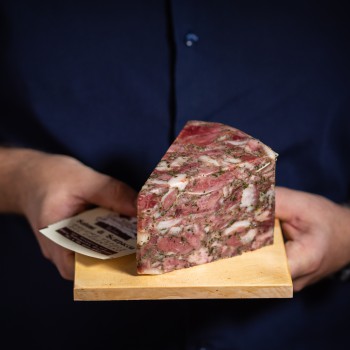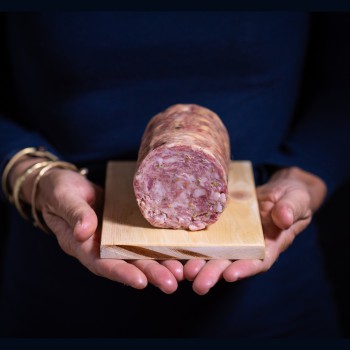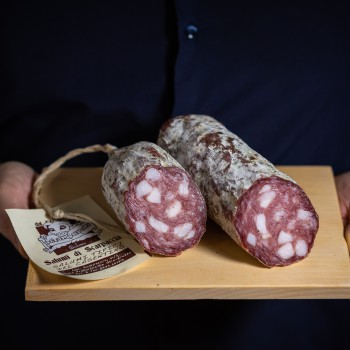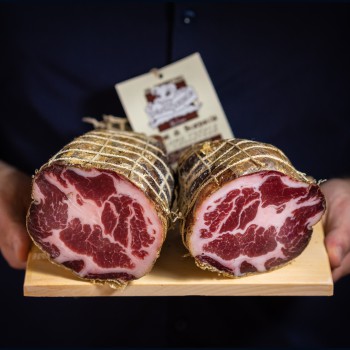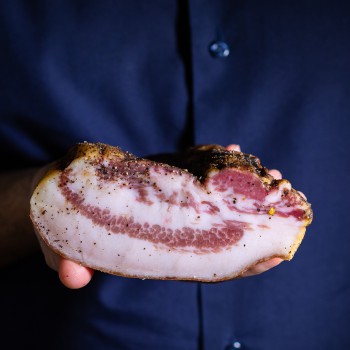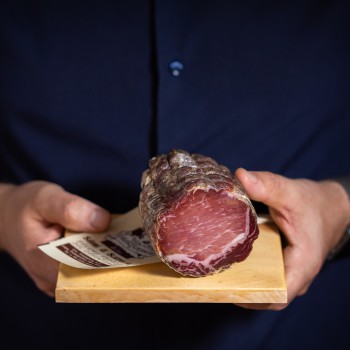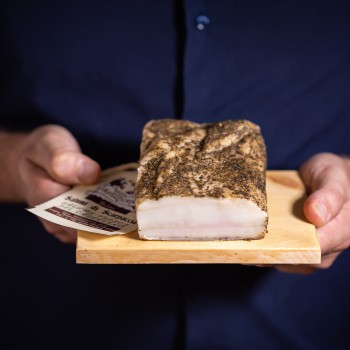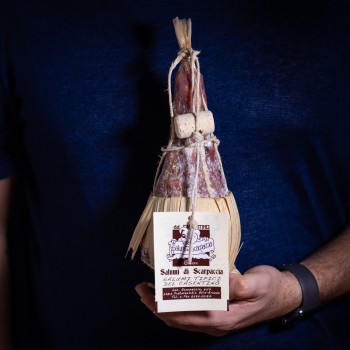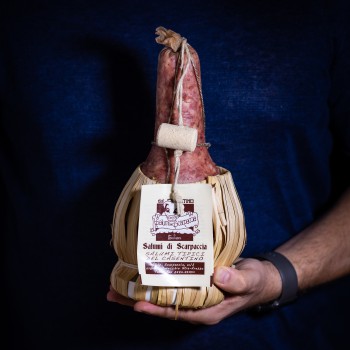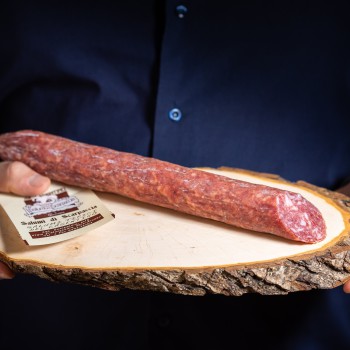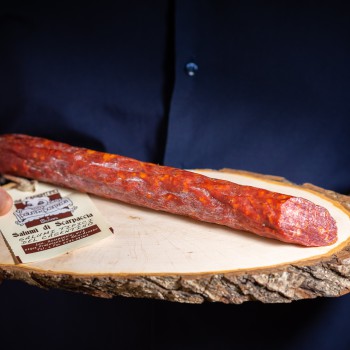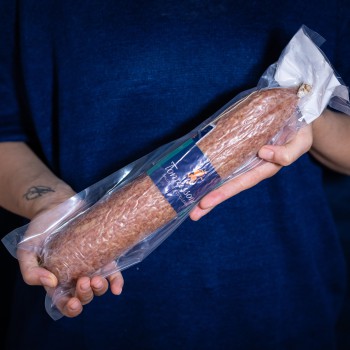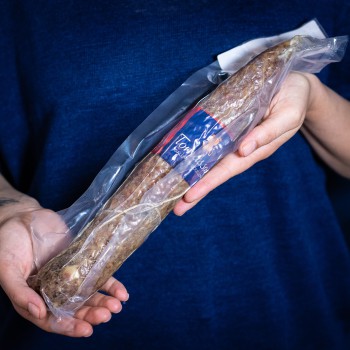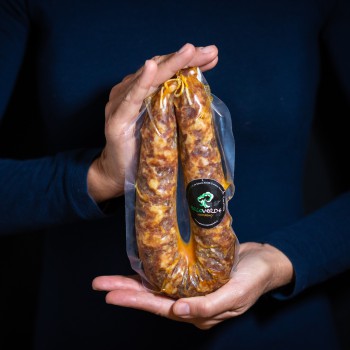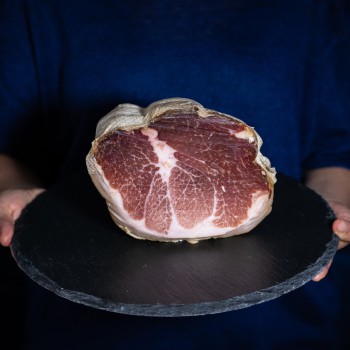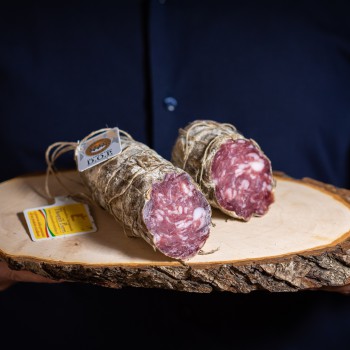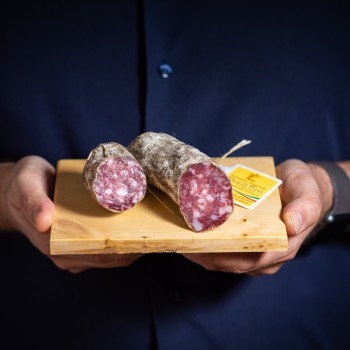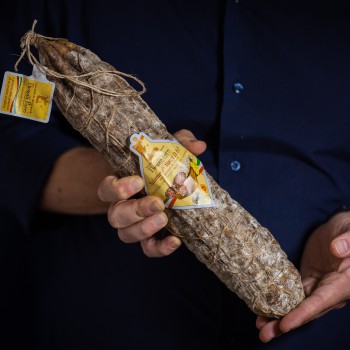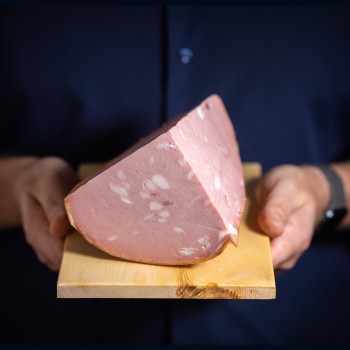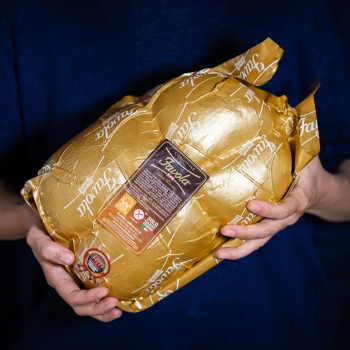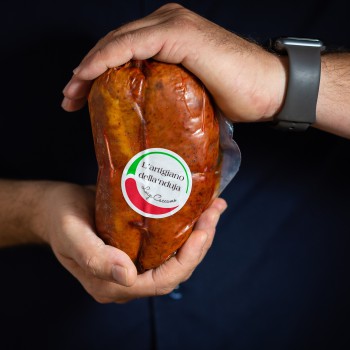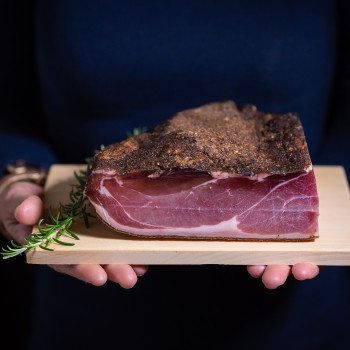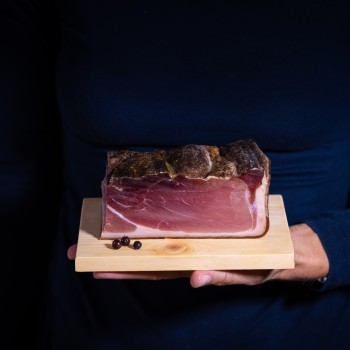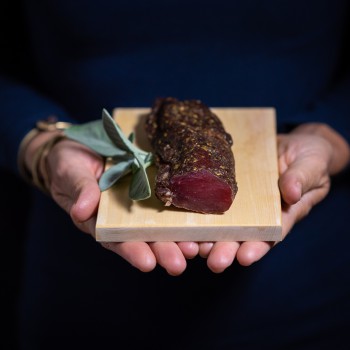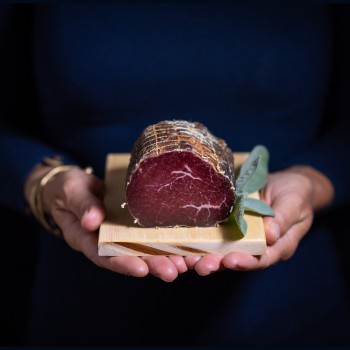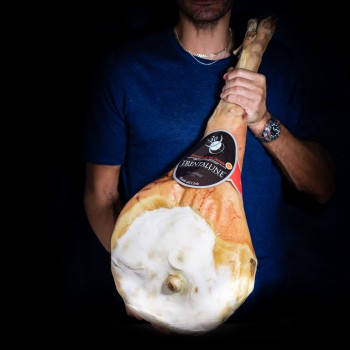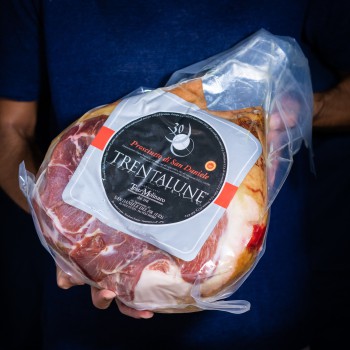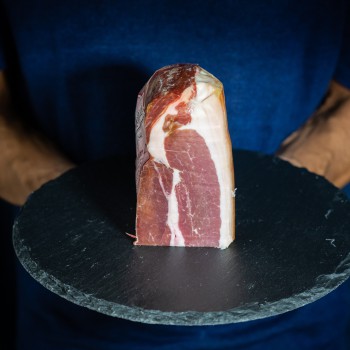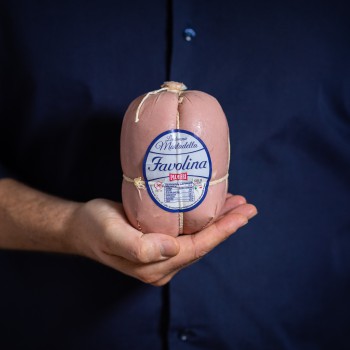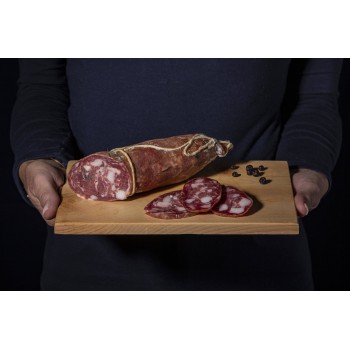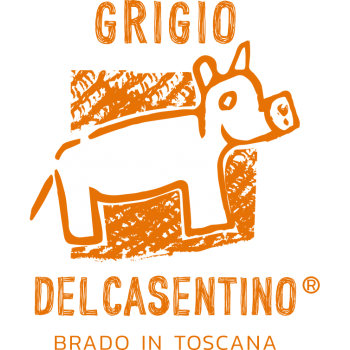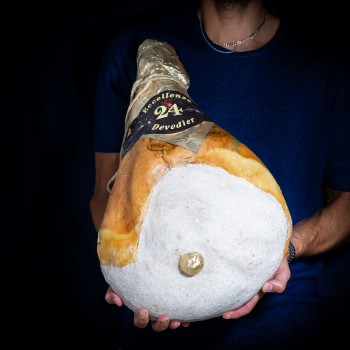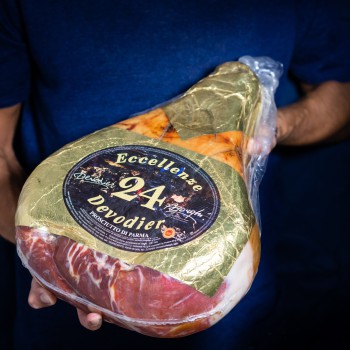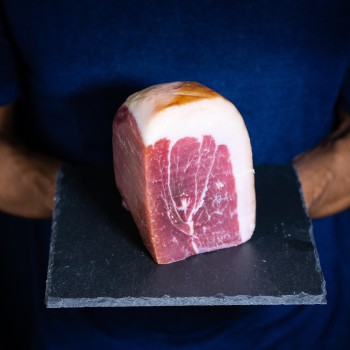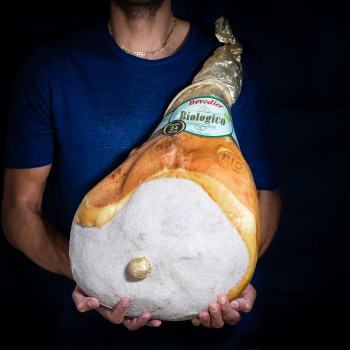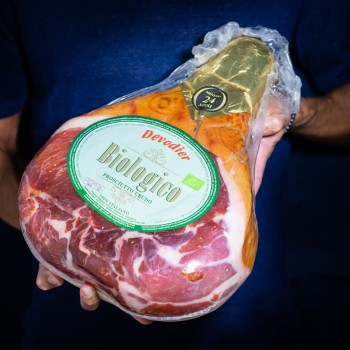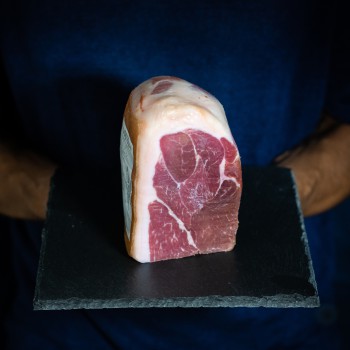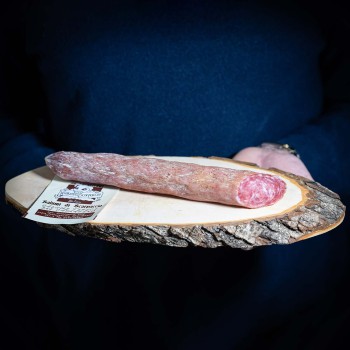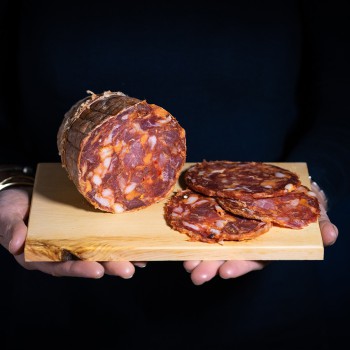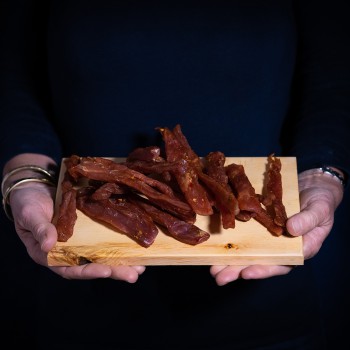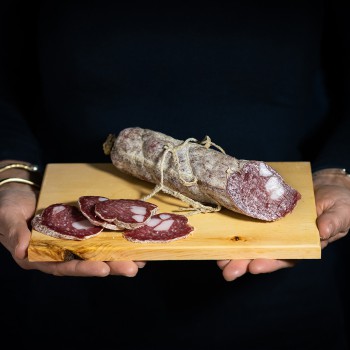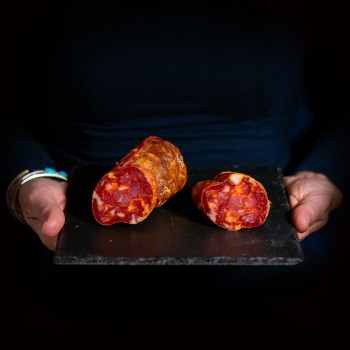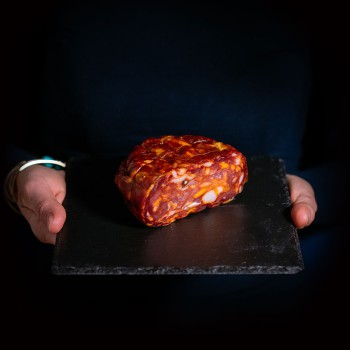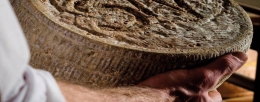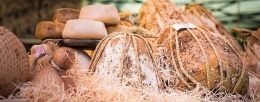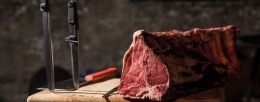Ferragosto is approaching, whip out the picnic baskets! What are we taking? All quick preparations to make and practical to carry and eat - dishes and cutlery are hardly needed! The secret? The best Italian cured meats.
A JOURNEY THROUGH ITALY’S COLD CUTS
We must admit that we are pretty obsessed with the whole culinary journey thing, but it is one of things we love the most about Italian cuisine: each Italian region - and sometimes even province - has its own products and flavours.
And we had to dedicate one of our journeys to one of the most delicious and typical food products of Italy: cured meats and sausages. If you’re not an expert, cured meats and sausages are not exactly the same thing.
They can both be either raw or cooked, but sausages usually age inside a casing, whether it be natural or synthetic, whereas cured meats are completely covered in a curing mix, which is made of different spices according to the meat type: it could be just salt and pepper or it could be a secret recipe jealously guarded by expert butchers.
Now that things are a bit clearer, let’s begin our journey through Italian traditional flavours from the North. Are you ready?
Trentino Alto-Adige, the land of smoked cold cuts
I really can’t help myself; as soon as I start thinking about the mountains in Alto Adige, I get this picture in my head of big cold cut platters full of speck that you would usually eat in the mountain lodges, as you rest after a hike: so genuine and flavourful, with that smoked aroma that gives you that mountain feeling straight away.
There are many other smoked cold cuts, like smoked beef. Furthermore, these cold cuts from the mountains have a distinctive flavour, given by the aromatic herbs used to cure them. These meats are infused with the scents of the alms and the mountains, creating unique flavours.
From the Lombards to Salame di Varzi
What do Lombards have to do with Italian cured meats? Well, they were actually the ones that came up with a way to preserve meat without cooking it, when they settled in the territory that is known as Lombardy today. They realised that meat could be preserved for a long time, if it was put in natural casings.
This technique evolved over time and spices were added to the mix, too; that’s how PDO Salame di Varzi came to be: a delicious salami, made from selected pork cuts, such as leg, loin, filet, neck and shoulder.
According to tradition, this salami is to be cut diagonally; the slices are ruby red and the fat parts, taken from the pork belly, are clearly visible. It is a high-quality fat, whose content never exceeds 30% of the whole mixture, as per tradition.
A ham kissed by the wind
It is the most famous Italian prosciutto ham, the incredible PDO San Daniele Prosciutto ham. We are in Friuli-Venezia Giulia, where the wind blowing from the Adriatic Sea reaches the countryside in San Daniele, creating a unique microclimate. This salty wind enriches the flavour of the pork legs, patiently aging in the region’s ham factories.
In this region, ham production is an actual art which follows the pace dictated by tradition. PDO San Daniele ham embodies the passion and love poured into its production, with its perfectly balanced soft and sapid meats and the sweet flavour of its fat, melting in the mouth.
Great excellences from Emilia-Romagna
We made it to Emilia-Romagna! Here cold cut and sausage platters are very abundant and tasty! First of all, I need to mention the amazing PDO Parma ham with a mellow and sweet taste. The thing that makes this cold cut a great product is the care and attention that its manufactures pours into every step of production.
That’s exactly what the company Devodier does; they make hams, fully respecting animal welfare in the holding of origin, salting the hams by hand, letting them rest as long as they need, making them age twice, once before and once after the greasing step, and then piercing them manually. That’s how a great gastronomic product is made.
Then there is the one and only Mortadella, either from Modena or from Bologna, as long as it is produced to state-of-the-art standards. I personally prefer a Mortadella like ‘Favola’ by Palmieri, which is filled in natural casing and is lactose and gluten free: a truly genuine and delicious product.
And let’s not forget PDO Culatello di Zibello! Few companies know how to make it and one of them is Podere Cadassa. It is a sausage made from the most refined pork cut - the middle piece of the ham - which is degreased and produced in the winter, as tradition dictates. First of all, it is packed in salt for five days; then the Culatello is washed with wine and filled in pork bladder. Finally, it is tied exclusively by hand, to obtain the traditional pear shape.
Tuscan cold cuts
We’ve finally landed in my region; here you’re truly spoilt for choice when it comes to cold cuts. Cured meats and sausages in Tuscany are all very flavourful and go perfectly well with our unsalted bread. Aged sausages, dry-cured ham, Capocollo and Tuscan salami are a staple in our cuisine and are ideal for a snack, for a starter or for an actual dinner.
My favourite sausage is Soprassata, a truly genius product.
The traditional recipe states that Soprassata is made of scraps from the pig head seasoned with salt, garlic, pepper, sometimes parsley and even lemon zest. It tastes incredible when diced, baked on a slice of bread with mozzarella, or even tossed in a pan. Every time that I hear the Italian saying: “we use everything but the oink”, I immediately think of Soprassata!
Cold cut tradition in Lazio
Let’s start going down South; the butchery tradition in the region of Lazio is greatly influenced by cold cuts from Abruzzi and Molise, as is the case of spicy Ventricina, a salami made from coarsely ground meats and seasoned with red hot chilli pepper.
The Roman Castles area is home to Coppiette pork jerky and the Corallina salami. I was pleasantly surprised when I discovered the pork jerky: pork fillet strips which are left to marinate in a mix of spices and then dried. They are perfect as appetizer and are incredibly addictive.
The fire from Calabria
Our trip through Italy’s cold cuts has reached its last stop: hot Calabria. Here red hot chilli pepper is an essential ingredient for cold cut production, as is the case of spicy Calabrian Spianata and, of course, of ‘Nduja sausage. The real ‘Nduja comes from Spilinga and is made with Tri Pizzi red hot chilli pepper from the Poro mount, which makes it truly one of a kind.























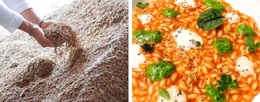
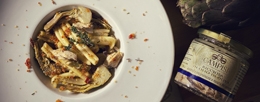


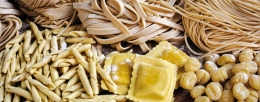

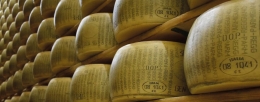
.jpg)
